Fulton J. Sheen, the famous American televangelist and renowned theologian, once famously said- “It is a characteristic of any decaying society that the great masses of the people are unaware of the tragedy”. Society has this terrible habit of turning a blind eye towards its own decay till it is too late. The rot or decay sets deep within itself, chews away till it is hollow from the inside and before the society realizes, the end is inevitable. It is like that silent assassin which lurks in the foliage and strikes its killer blow even before the victim realizes it.
The Hill society of Darjeeling is, at this moment, under this very situation. Silent killers are on the prowl in open view, devouring us up bit by bit, but we as a society are failing to recognize or take cognizance of this eminent danger.
Let me elaborate.
The Hills of Darjeeling have traditionally always has had its 4Ts – tea, tourism, timber & teaching to sustain itself economically. The lay of the land and the lack of natural minerals never allowed us to be a manufacturing or trading hub and through the ages the 4Ts have been the main stay of our economy.
The Tea industry, over the last 170 years, has been the major source of economical sustenance, for a large section of the Hill population in the sub divisions of Darjeeling, Kurseong and Mirik while Kalimpong till the middle of the last century depended on the business opportunities that its access to Tibet enabled it.
The sheer natural beauty and the magnificence of the weather has always been a special attraction for tourists from across the world and hence tourism has helped a large portion of the hill population enjoy financial stability.
The Timber industry has been a major revenue earner for the hills too- legally only for the Government agencies but in actuality illegal felling and selling of timber has sustained a small portion of the hill population.
The last of the 4Ts, though definitely not the least T, has been the Teaching industry. Ever since the first educational institute opened its gates in Darjeeling- the teaching industry has been the major and most consistent revenue earner for the Hills.
Without the revenue that these 4Ts generate, the Hills of Darjeeling would have found itself financially deranged a long time ago. With no other industry to fall back on, life in the Hills would be financially impossible if these sources of livelihood stop feeding the Hill economy.
These 4Ts directly sustain close to 35% of the population in the Hills with a smaller percentage relying on them indirectly. It would be doomsday if revenue from these 4Ts ever dry up. It would lead to a total collapse and decay of this otherwise presently vibrant community.
The very sad and grave fact is that the decay has already set in and we as the Hill society either are really unaware of this rot or are pretending not to be aware of it.
Here I quote Fulton J. Sheen again- – “It is a characteristic of any decaying society that the great masses of the people are unaware of the tragedy”.
Frankly, if we as the Hill society still do not wake up to it even now, financial Armageddon and unthinkable hardships awaits us in the very near future.
Let’s take a closer look into the 4Ts –
Timber is no longer under the control of the Hill population, the West Bengal Forest Department has absolute control over the revenue that our Timber generates. The rot is such that, forget getting a share of the revenue, even forests which were traditionally a part of the Hills now are managed and under the control of forest divisions of the plains of West Bengal.
We have grown up knowing that the lush green, densely wooded forest that stretches from Lingsay to Rongo (from the Sikkim border to the Bhutan boarder)are a part of the geographical district of Kalimpong. We had grown up reading in our geography books that the Neora Forest, famous for its Pandas and Himalayan Bears was Kalimpong’s pride. How many of us now know that like a silent thief, this entire stretch of forest has been robbed off Kalimpong and now under the Jalpaiguri Forest Division, despite the fact on paper it still is very much under the district of Kalimpong?
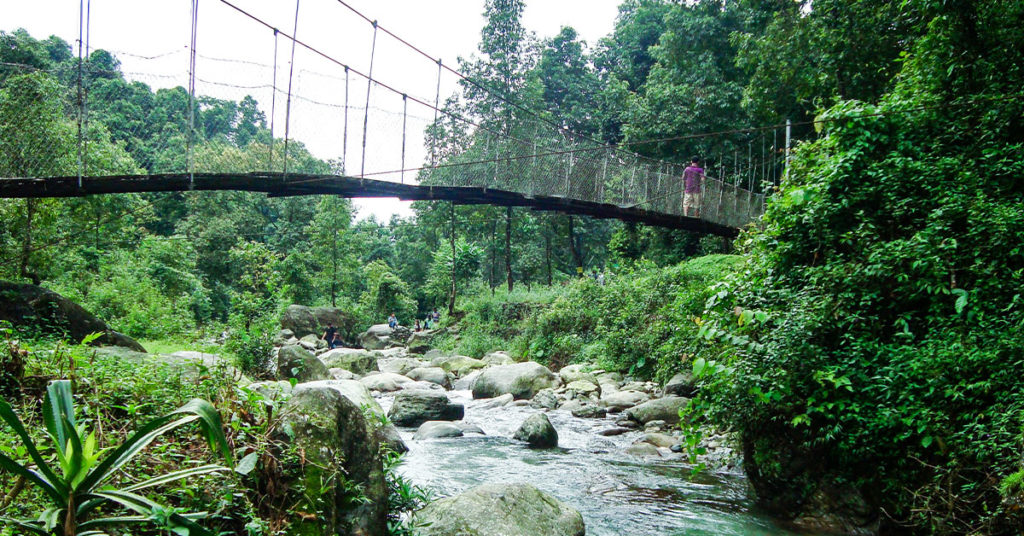
All this happened right under our noses without us even being aware of it- just like Fulton J. Sheen had said many many decades ago. The height is when You and Me from Kalimpong have to pay an “Entry Fee” to the Jalpaiguri Forest Division if we have to visit Kholakham, which in actuality is within the so called District of Kalimpong. If this isn’t a decay of our society, what is?
Let’s discuss the 2nd T- Tea
The less said about the Tea industry, the better. Generation after generations of our people have shed that sweat and blood slogging to keep the Tea industry alive. What for? For the meagre Rs. 200.00 they get per day for their blood and sweat? For literally having to beg for the measly “Bonus” of 20% that they are otherwise legally entitled to? For being forced to accept 5 decimals of land instead of their rightful claim over that portion of land which their father’s and grandfather’s had tilled and curated all their lives? For watching, as mute spectators, a new generation of profit hungry Tea Garden owner, earing millions while the houses of Tea Garden workers crumble down to the ground?
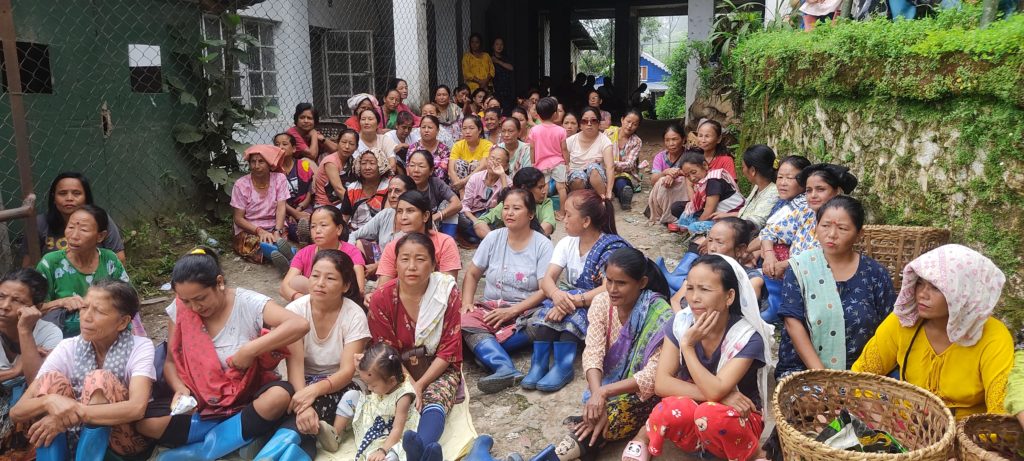
Now with the Chief Minister of West Bengal announcing that 30% of the Tea Garden land can be used for purposes other than tea, no further proof is required to realize that the Tea industry is in its last leg of decay. All, while we as the Hill Society, still behave we are unaware- just like Fulton J. Sheen had said many many decades ago.
The 3rd T now- the Tourism industry-
With almost all the major family owned hotels now in the hands of corporate hospitality brands, the revenue generated by tourism has concentrated in the bank accounts of these corporate houses, headquartered in the metropolitan cities, while the local population can at best hope to work in these deluxe hotels as waiters or gatekeepers or bell boys or parking assistants. Many, like one in Kalimpong, don’t even hire locals for these unskilled works, instead hiring Oriya or Bengali speaking youths even for menial works as these. All their supplies, whether it be grocery, housekeeping materials, stationery or office equipments or even vegetables are purchased from the Siliguri market while the trading class in the Hills dwindle their thumb. The contribution towards the Hill economy is close to nil.
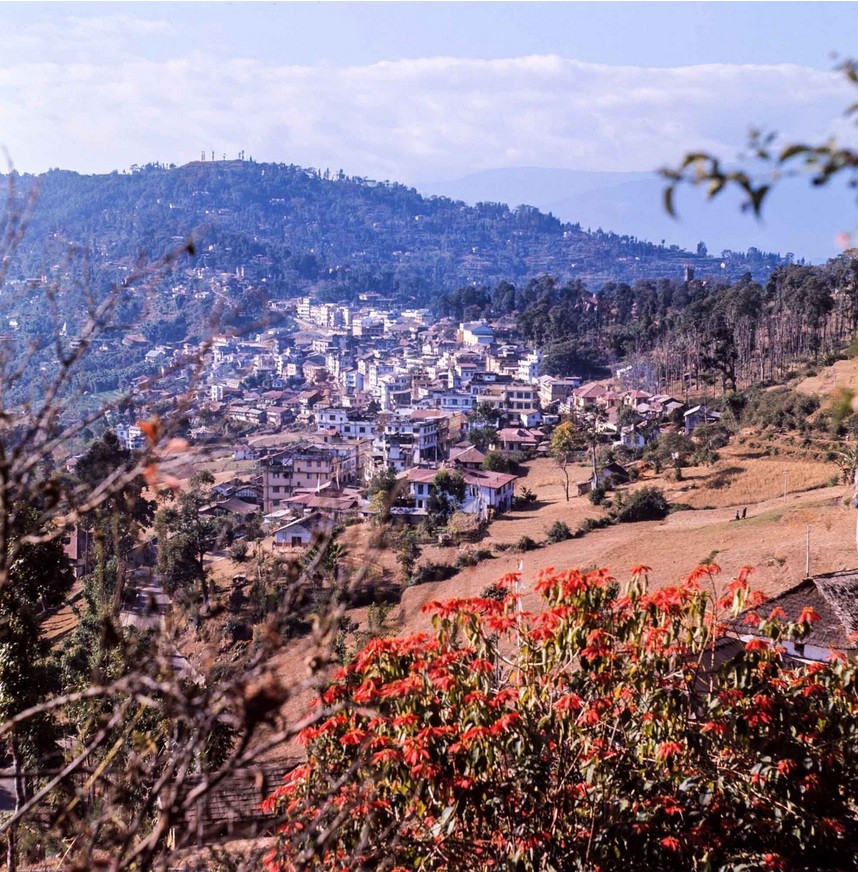
The same goes for the homestays- with 70% of the homestays in the Hills on lease; tourism is no longer a major contributor to the ground-level economy of the Hills. The decay is there for all to see but we behave ignorant- just like Fulton J. Sheen had said many many decades ago.
This brings us to the last T- Teaching- and this is the focus of this article-
Teaching, or the education industry, has been the mainstay of the Hill economy for almost a century now. These temples of knowledge have also been those gates from which economic power has continuously flowed into the society at large. Unlike the first three Ts, the education industry has been a feeder to the economy month after month, year after year, without and disruption. Whether it be the dark days of the 1986 agitation or the 104 day strikes or the Covid pandemic, whether it is off season or whether it is a national emergency, this industry has never failed to discharge its financial commitment towards the society. Whether it be in the form of salaries to the thousands of teaching and non-teaching staff, whether it be fuelling the school transport business, whether it is supporting local businesses or whether keeping the kitchen fire going in the thousands of households which depend on the education industry for a livelihood.
Education has been the back-bone of our society ever since the pioneering missionaries introduced modern education in this region. The introduction of modern or western education in the India by the East India Company was initially more of a strategy to consolidate or soften its otherwise brutal rule. It was an effort to present a softer side hoping that the resistance to its rule would slow down. With this in mind, The Charter Act of 1813 was introduced and the missionaries, who had followed the East India Company into India, were given a freehand towards introducing western education across the country.
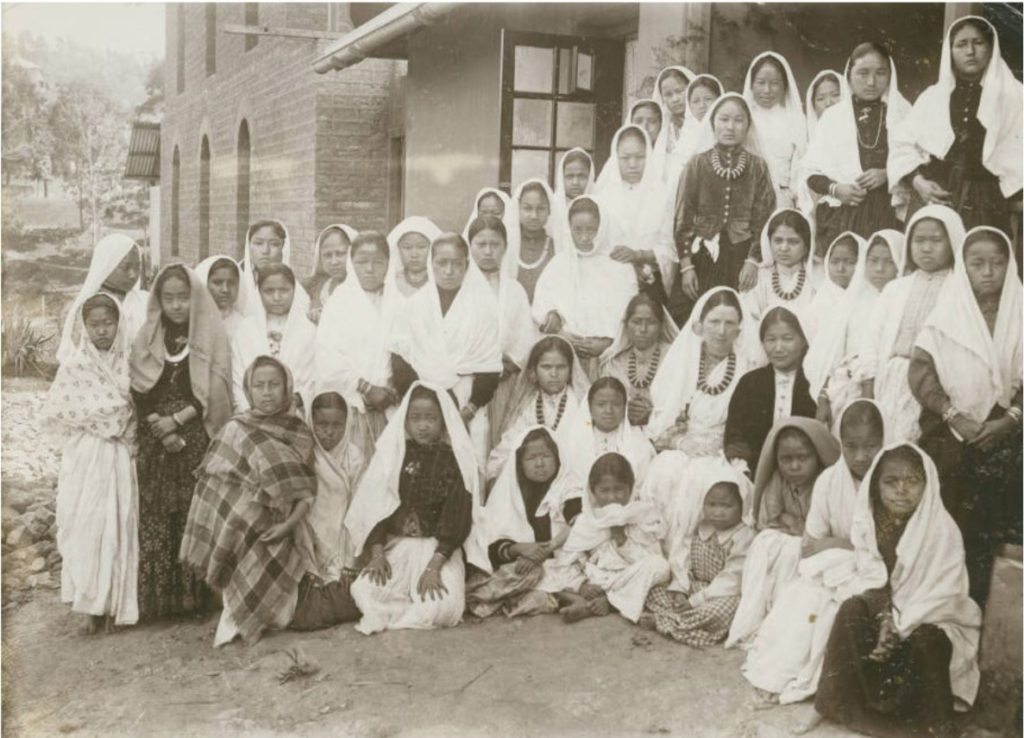
It was on this backdrop that Rev Start started a Moravian mission in Takvar on the outskirts of Darjeeling followed by a small school for the locals in the year 1841. Many more educational institutes were established over the year by various Missions but mainly by the Missionaries belonging to either the Scottish Mission or the Catholic Mission. Although the then British rulers had ulterior motives behind establishing modern education in India, the missionaries, to whom this responsibility was given, went about discharging their responsibility with the benevolence and compassion which only men of God can have. For these men of God, education the locals became a mission in life. For them, educating children was not just about academic training or imparting bookish knowledge but a mission to upgrade the entire aboriginal society. It was a mission to transform not just the mental and intellectual health of the society but also the up gradation of the economic status of community. The entire education industry was curated with much love and kindness towards the children and the society and they looked upon their efforts not with the tainted eyes of a businessman (which the East India Company was) but more as a service to the society.
In later years, after the country received independence, numerous individuals ventured into the education industry in the Hills of Darjeeling establishing schools which today have thousands of students. Fortunately, these individuals, though businessmen, did not allow profits to be the only motivation behind establishing the educational institutes. Their primary motivation remained the same as the pioneering missionaries- service to the society. This was how by the last few decades of the 20th Century, the education industry had come to become the major economic provider to a very large section of the Hill society.
While the other Ts were seasonal benefactors, the teaching industry was a yearlong provider of economic relief. Despite the hard days of the 1986 agitations of the 2008 agitations or the 104 days strike of 2017 or the Covid pandemic, where all other commercial enterprises came to a grinding halt- the education industry to serve the society- month after month, year after year. Their commitment towards the society remained unhindered.

These agitations and the pandemic took its toll on the education industry though- the gradual decline in admissions of outstation students coupled by the establishment of quality schools across the region, started to cause loss of revenue for many of these private as well as missionary schools in the Hills- yet they continued discharging their financial obligations towards the society, as best as they could.
The political disturbances as well as the Pandemic, had started the rot though- the decay had started- unnoticed and very subtly at first. The sad part again was that even before we as a society could realize the decay, the vultures had already dived in.
Remember what Fulton J. Sheen had said- “It is a characteristic of any decaying society that the great masses of the people are unaware of the tragedy”.
By vultures, I refer to the corporate houses which have started to dive in for the kill taking advantage of the uncertainty that many of the smaller private schools were facing. Playing on the vulnerability of smaller private schools in the Darjeeling region, a few corporate houses used aggressive business strategies in taking over several schools in the Darjeeling region. A foothold was all they required and now they are on the prowl- every private school in the region is under their lens now. I wouldn’t say that they are planning any hostile take overs but certainly they are using all their business skills in trying to entrap the others. Several schools in Darjeeling and Kurseong and two in Kalimpong have succumbed to the pressure, circumstances or financial benefits of the corporate proposals. More such schools are being approached through agents or middlemen, one himself a major player in the private school industry, on behalf of the corporates, and it won’t be long before several other schools take the bait.
While, in this time and age of corporatization, corporate houses taking over private schools shouldn’t be a matter of much debate but for the Hills of Darjeeling it is definitely a matter to be alarmed over. What happens to the economic responsibilities that the education industry has so far been shouldering? Will the corporate schools, who are basically motivated only by profits, continue carrying the economic responsibilities that the missionary or private schools in the Hills had been carrying? My guess would be in the negative. The fear is that these corporate schools will, in time, start hiring teachers from outside the Hills, they will use their own school buses, they will recruit out of station non-teaching/administrative staff, they will procure all their school supplies, including books, stationery and school dresses from central supplies based in the plains, they will take back the profits to their business headquarters leading to a capital flight from the Hills and once they have monopoly over the education, there is no doubt that tuition fees will be hiked beyond the budget of the average hill guardian.
With the first 3Ts already hijacked one can only hope and pray that the last one resists the planned conspiracy to subvert the entire Hill economy.
It isn’t too late- Now that we are aware we can still prove Fulton J. Sheen wrong..

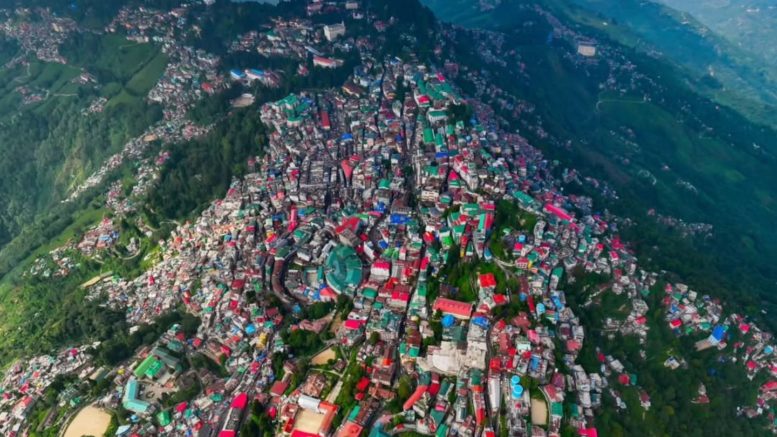



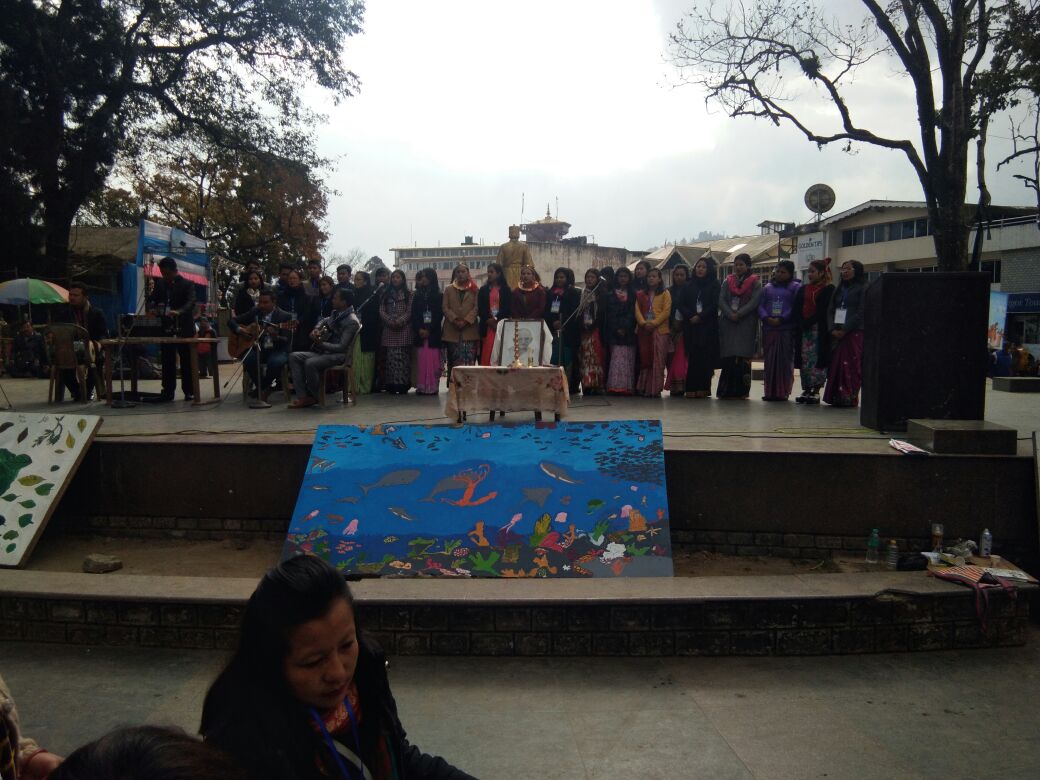
Be the first to comment on "FALL OF THE LAST T"